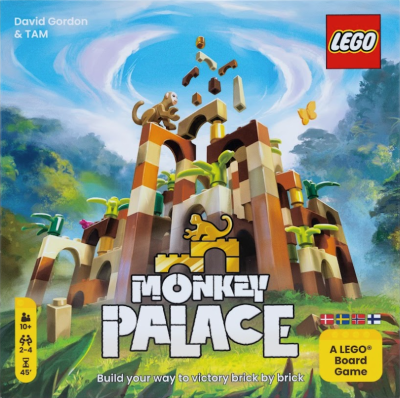
Today we’re diving into Monkey Palace. This is a board game from LEGO, marking the company’s return to the tabletop gaming market after a long hiatus. So, let’s break it down—what it is, what’s good, what’s bad, & if you should pick it up. Let’s get into it.
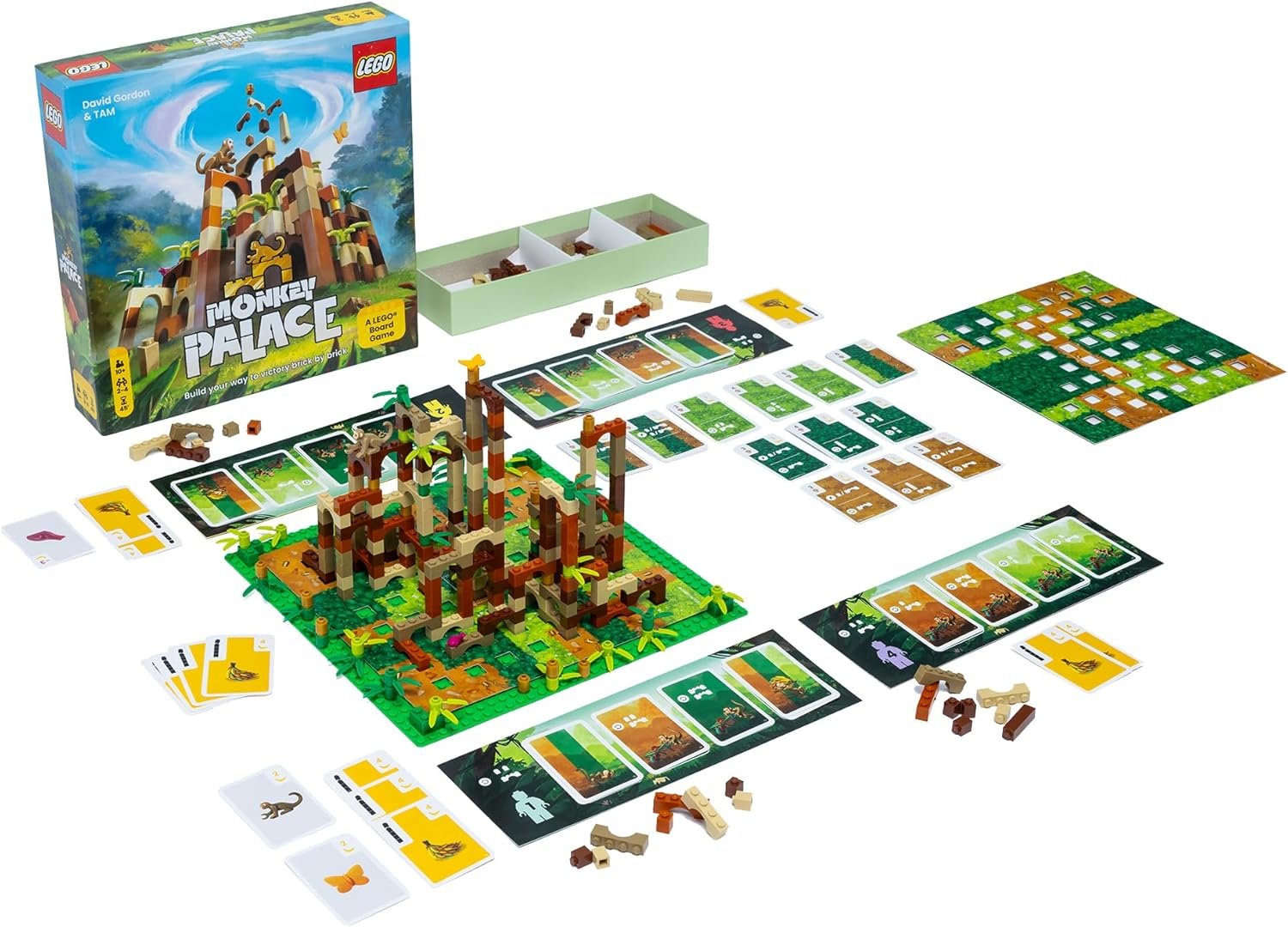
What It Is
Monkey Palace is an abstract strategy game for 2-4 players that revolves around building staircases using LEGO pieces. It combines spatial reasoning with resource management, offering players a unique challenge in constructing an ever-growing network of staircases. The game board is modular, allowing for various setups that keep things fresh, while players have their own personal boards to track resources & determine turn order. The goal? Earn “monkey credits” by building structures & acquiring cards that offer both immediate benefits & long-term strategic rewards.
The game’s LEGO components add an extra layer of charm, making the physical act of building a key part of the experience. Players race to construct the tallest & most complex staircases, earning points (called “banana points”) as they go. Cards & special tokens like the frog add variety & decision-making depth, creating a satisfying balance between short-term tactics & long-term planning.
Check Out These Recent Board Game Sales
- Board Game Sale: Disney Villainous 25% Off!
- Board Game Sale: Marvel: Crisis Protocol Core Set 30% Off!
- Board Game Sale: 7 Wonders Available for 17% Off!
Gameplay Overview
The main objective of the game is to earn the most bananas by constructing staircases & decorating the palace. Bananas represent points, & the player with the most bananas by the end wins. Players will gather building bricks, earn monkey credits, & use strategic decisions to build the grandest palace.
To begin, players set up the central play area with a base plate & groups of building & decoration bricks, which include arches, bricks, columns, bamboo leaves, & golden bricks. Corner bricks are added to the base plate, & players select a ground map to guide their construction. Players also organize monkey cards into value stacks & distribute player boards. Each player receives a set of initial bricks depending on the number of players, & then the game begins.
Gameplay unfolds in turns, with each player performing a series of steps. The main task during a turn is building staircases using the bricks collected so far. Staircases must follow specific rules: each arch must be higher than the previous one, & bricks must be fully supported. Staircases can change direction as long as they remain continuous, & the final brick placed must always be an arch. Players don’t have to use all their bricks, & they can save them for future turns.
After building, players decorate their staircase by matching the color of the starting space with the corresponding decoration, such as light green bamboo or golden bricks. These decorations are placed on the last knob of the staircase. The player then counts their arches & receives monkey credits, gaining extra credits if their decoration is higher than any other of the same color in the palace.
Monkey credits are used to purchase monkey cards, which give players additional bricks & banana points. Players can buy multiple cards but can only purchase one card from each pile per turn. The color of the decoration they placed determines which cards they can buy. After purchasing cards, players gain the one-time delivery benefits shown on the cards, which allow them to collect more bricks. They then place the cards on their player boards, ensuring no more than four cards are visible at a time.
Each turn, players also receive recurring delivery benefits based on the visible cards on their boards. These rewards help build staircases more efficiently in future turns. As the game progresses, players can replace cards on their boards to optimize their deliveries. Cards also contribute banana points, & some high-value cards provide significant banana points but fewer building materials.
Bonus banana cards can be earned if a player builds a staircase that includes a column of five or more bricks (arches not included). These cards offer additional banana points, but only one can be collected per turn. At the end of the turn, if a player placed a golden decoration brick, they may place the monkey trophy card on an arch in the palace, blocking that spot from further construction. This adds an extra layer of strategy as players compete to outbuild & outscore each other.
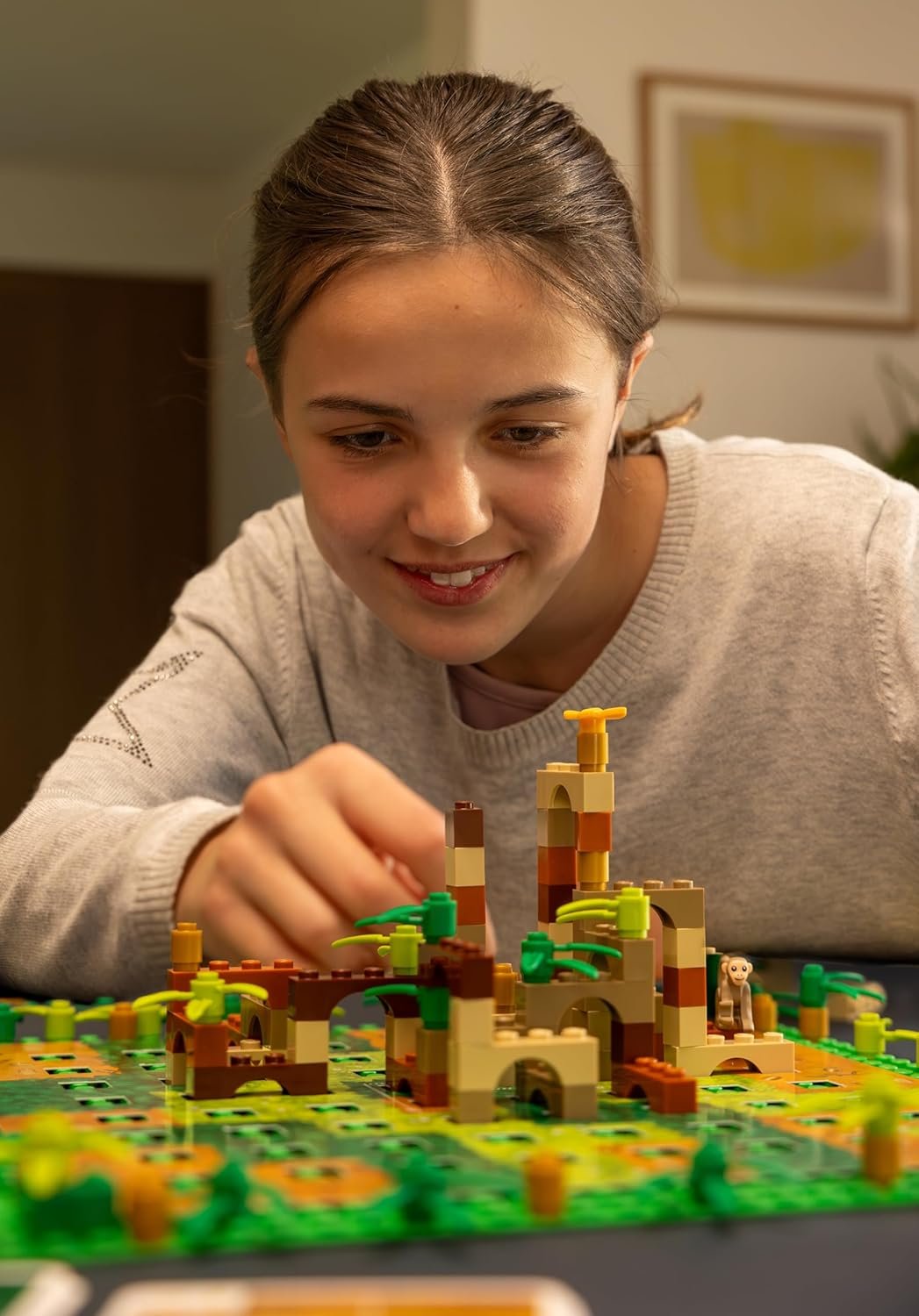
The Components
As you’d expect from LEGO, the components in Monkey Palace are top-notch. The LEGO bricks used in the game are durable, easily replaceable, & add a tactile satisfaction that’s unique to this type of game. The game board & cards, while functional, don’t quite match the impressive quality of the bricks themselves but do the job well enough. The artwork is minimal but fits the abstract nature of the game, focusing more on functionality than flash.
One of the great things about using LEGO pieces is that they’re universally familiar & fun to work with. The physical act of building these intricate staircases is rewarding, & it’s clear that a lot of thought went into how to incorporate LEGO’s strengths into the game design. However, don’t expect the same level of flair from the rest of the components, which, while serviceable, lack the same wow factor.
The Good
First off, the strategic depth of Monkey Palace is one of its strongest selling points. Despite the family-friendly LEGO theme, the game offers plenty of meaningful decisions & challenges. Balancing resource management with the construction of increasingly elaborate staircases is both mentally stimulating & visually rewarding. It’s a game that gets better with repeated plays as you refine your strategies & learn how best to manage your resources.
Another major plus is the component quality. The LEGO bricks are not only fun to handle but also offer the kind of durability you’d expect. The modular board allows for varied setups, keeping each game fresh & ensuring no two sessions play out the same way. Replayability is also a highlight here, as different starting boards & card draws can change your approach each time you play.
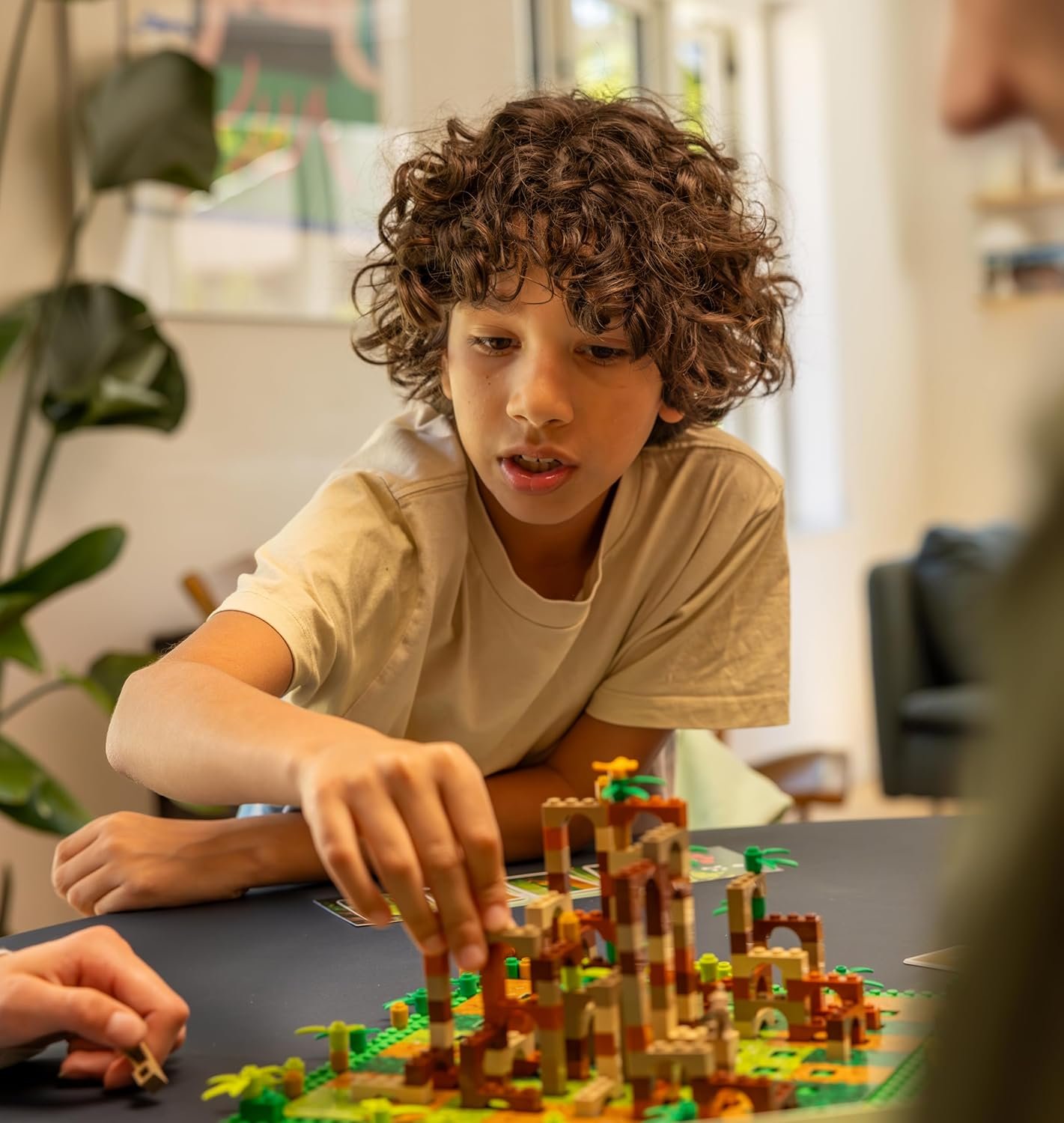
The Bad
On the flip side, the game’s complexity might come as a surprise to some, especially given its LEGO branding. While it may look like a casual game at first glance, Monkey Palace demands a fair amount of strategic thinking. The rulebook, while functional, could use more detailed examples to help new players understand the more intricate parts of the game—especially when it comes to building staircases, which isn’t as intuitive as it may seem.
This complexity also creates a bit of a disconnect between the game’s appearance & its gameplay. Families or casual gamers expecting a simple, LEGO-themed experience might be put off by the depth & the number of rules involved. The game is definitely better suited to more experienced gamers or those willing to invest the time to fully learn the system, rather than a pick-up-and-play option for younger players or casual gatherings.
The Verdict
Monkey Palace is a surprising & intriguing game that offers far more depth than its colorful LEGO branding might suggest. For experienced gamers & fans of abstract strategy games, there’s a lot to love here. The mix of spatial puzzles, resource management, & tactical decisions makes for a rewarding gameplay experience that keeps you coming back for more. It’s clear that LEGO has learned from their past missteps in the board gaming space, delivering a more sophisticated & engaging product.
That being said, the game might not be for everyone. If you’re looking for a light, breezy LEGO-themed game to play with the family, Monkey Palace could be a bit overwhelming. The complexity of the rules & the depth of strategy required might be off-putting for casual players or those expecting something simpler. However, if you’re willing to invest the time to learn its systems, you’ll find a rewarding & unique experience that combines the joy of LEGO building with solid strategy gaming.
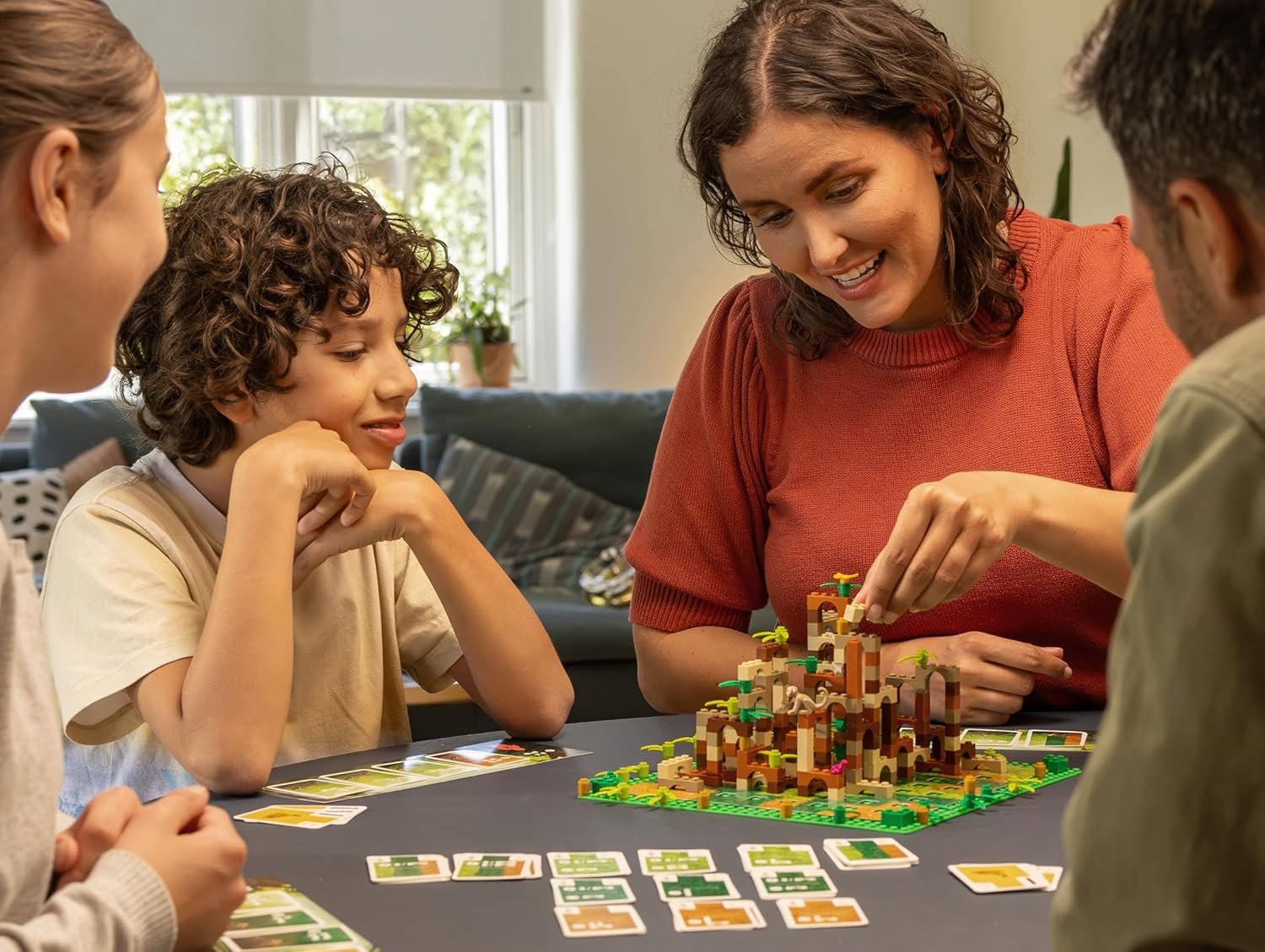
Final Thoughts
First off, it’s definitely not just a casual LEGO-building game, even though the pieces might make it seem that way at first glance. There’s a lot more going on under the surface, & that’s where the game really shines. You’re not just stacking bricks for fun—you’re trying to manage your resources, build strategically, & out-think your opponents, all while making sure your staircases are the most impressive. It’s a solid brain workout with a creative twist.
What surprised me the most was the depth. It’s not the most complex game out there, but it’s got a lot more going on than you’d expect from something that involves LEGO pieces. You’ve got to constantly balance building for quick points with planning ahead for long-term gains, which keeps things interesting every turn. If you enjoy a game that makes you think about both your current move & your overall strategy, this one will definitely scratch that itch. It’s the kind of game where, after playing a couple of times, you start to see new ways to improve & tighten up your play.
Now, a quick heads-up: the rulebook isn’t the easiest to digest, & some of the building rules aren’t super intuitive right out of the gate. So if you’re bringing this to the table with less experienced gamers or kids expecting a light LEGO game, be prepared to spend a bit of time going over the rules. It’s not a dealbreaker, but it’s something to keep in mind. This is more of a gamer’s game in disguise, which could lead to some initial confusion if you’re not expecting that level of complexity.
One of the coolest things about Monkey Palace is how the LEGO pieces actually impact the game. It’s not just a gimmick—they’re integrated into the gameplay in a way that feels meaningful. Building those staircases feels satisfying, especially when you pull off a great move that gets you extra points. & since they’re LEGO, they’re durable & easy to replace if you lose a piece, which is a nice bonus.
That being said, I do think the game’s overall aesthetic might mislead some players. While the LEGO bricks are fun, the other components, like the board & cards, are pretty standard & don’t quite match the excitement of the building aspect. It doesn’t detract from the gameplay itself, but it’s noticeable when the LEGO part is so unique & the rest just feels… fine. In the end, if you’re someone who enjoys abstract strategy games with a bit of a twist, Monkey Palace has a lot to offer. It’s got that satisfying mix of short-term tactics & long-term planning that keeps you engaged, & the LEGO element really adds a fun, hands-on layer to the whole experience. Just make sure you’re aware of the complexity going in—this isn’t a simple family game, but for those who love a good puzzle & some strategic depth, it’s a solid pick. I’d say give it a shot if you’re up for something different!
Purchase Options

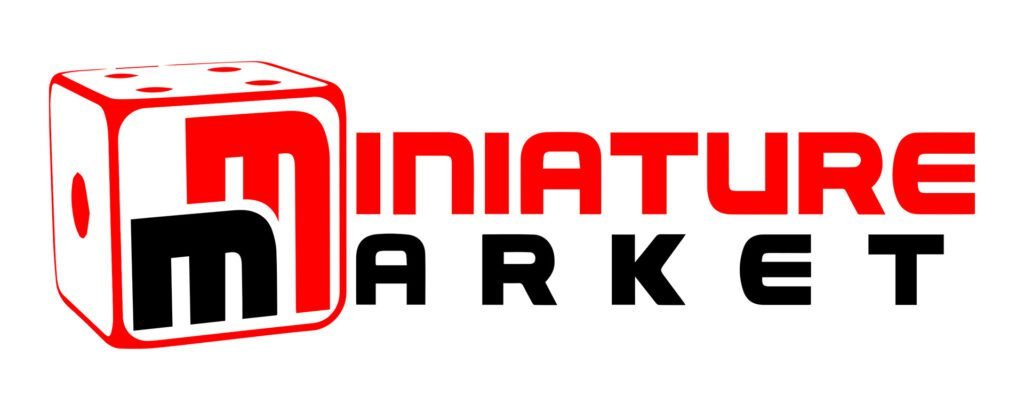
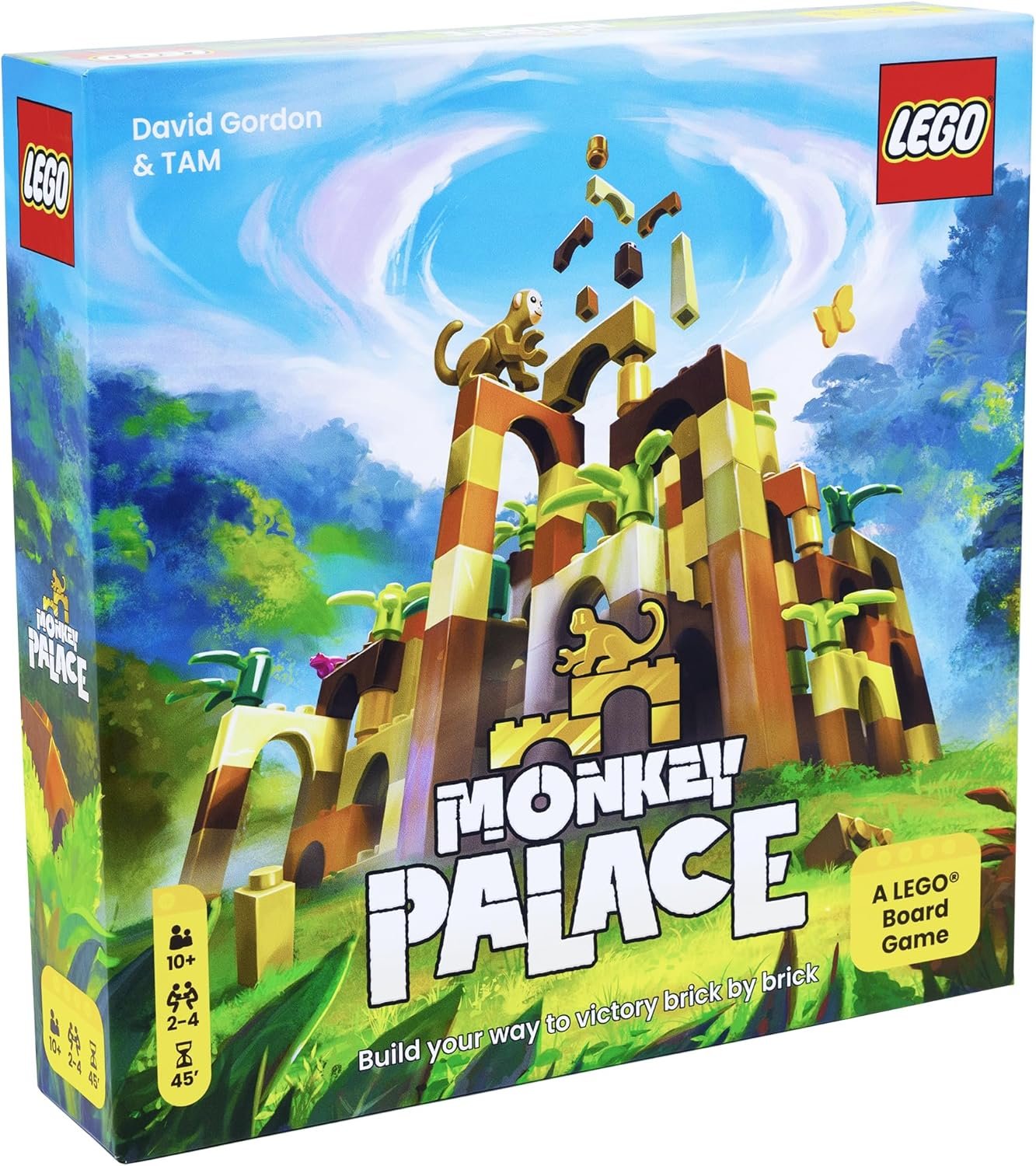
At no extra cost to you, The Board Game Site may receive revenue from affiliate and advertising partnerships for sharing this content and from purchases through links.







